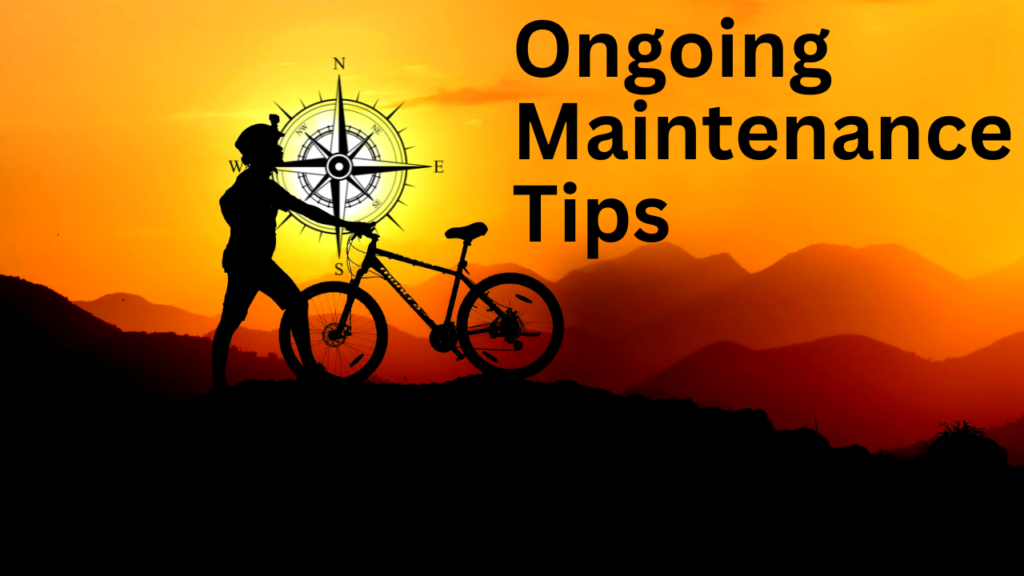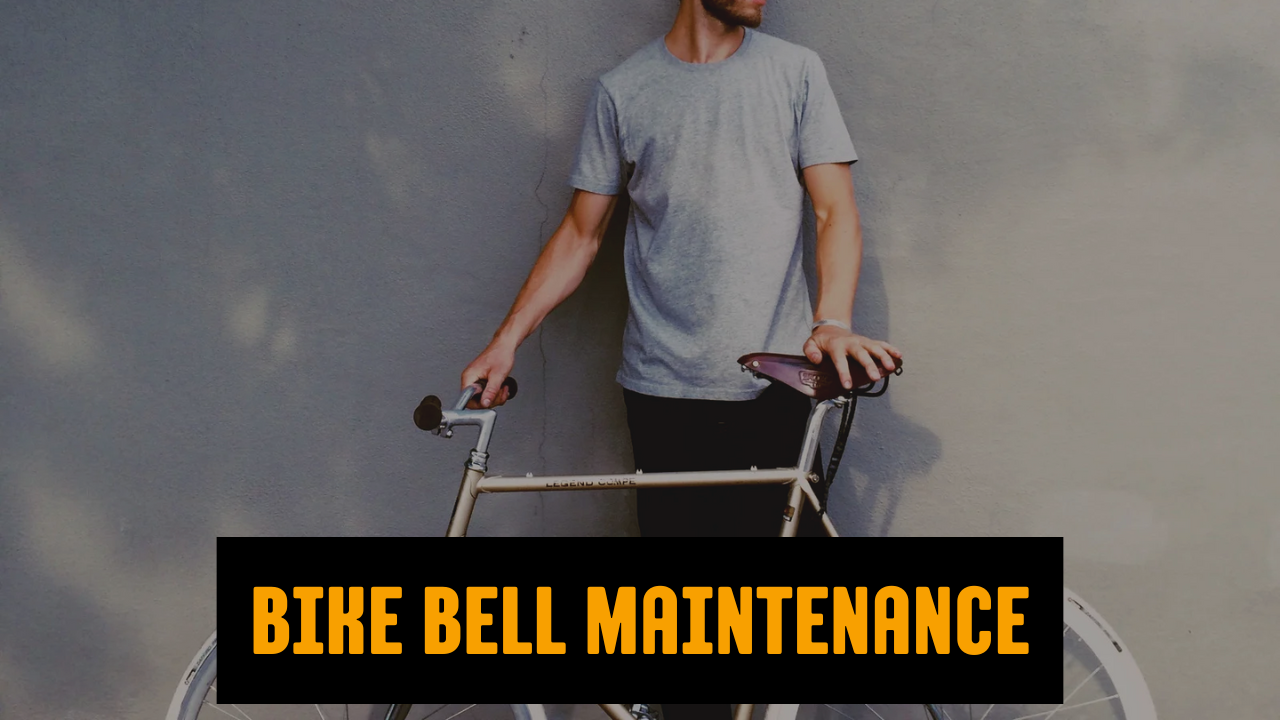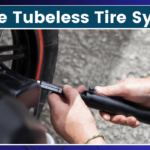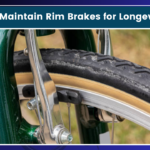Hey there, fellow cyclists! You know, the other day I was out for a ride when I realized my trusty bike bell wasn’t quite as crisp and clear as it used to be. Got me thinking – when was the last time I gave that little noisemaker some TLC? If you’re like me, probably not recently enough. So, I figured I’d share what I’ve learned about bike bell maintenance. Trust me, a well-maintained bell can be a lifesaver out there on the streets and trails.
Why Bother with Bell Maintenance?
Okay, I know what you’re thinking. “It’s just a bell, right? How much maintenance could it possibly need?” Well, you’d be surprised! A bike bell might seem simple, but it’s an essential safety device. It’s your voice on the road, letting pedestrians, other cyclists, and even drivers know you’re coming. A clear, loud ring can prevent accidents and make your ride smoother.
Plus, let’s be honest – there’s something satisfying about a crisp “ding” as you cruise along. It’s like the cherry on top of a great ride. So, let’s dive into keeping that bell in perfect pitch.
Types of Bike Bells
Before we get into the nitty-gritty of maintenance, it’s worth mentioning that not all bike bells are created equal. The two main types you’ll encounter are:
- Rotary Bells: These are the classic bells with a rotating striker that hits a metal dome when you flick the lever.
- Hammer Bells: These have a small hammer that strikes the bell when you press a lever or button.
The maintenance steps can vary slightly depending on which type you have, but don’t worry – I’ll cover both.
Tools You’ll Need
Alright, before we start, let’s gather our tools. Don’t panic – you won’t need anything fancy. Here’s what you should have on hand:
- Small screwdriver (flathead and Phillips)
- Soft cloth
- Cotton swabs
- Mild soap
- Water
- WD-40 or similar lubricant
- Small brush (an old toothbrush works great)
Got everything? Great! Let’s get started.
Step 1: Give It a Good Clean
First things first – let’s get that bell squeaky clean. Over time, dirt, grime, and even road salt can build up on your bell, affecting its sound and functionality.
Start by removing the bell from your handlebars. Most bells are attached with a simple screw mechanism, so this should be easy. Once it’s off, give it a thorough wipe-down with a damp cloth to remove any surface dirt.
For stubborn grime, mix a little mild soap with water and use your brush to gently scrub the bell. Pay special attention to any crevices or moving parts. Be careful not to get water inside the bell mechanism if possible.
Once you’re done scrubbing, rinse the bell with clean water and dry it thoroughly with a soft cloth. Make sure it’s completely dry before moving on to the next step.
Step 2: Inspect for Damage
Now that your bell is clean, it’s time to play detective. Give it a close inspection, looking for any signs of damage or wear. Here’s what to watch out for:
- Cracks or dents in the bell dome
- Loose or missing screws
- Worn or frayed strike
- Corrosion or rust on any part of the bell
If you spot any major damage, it might be time to consider replacing your bell. But for minor issues, we can often fix them in the next steps.
Step 3: Lubricate Moving Parts
This is where the magic happens, folks. A little lubrication can breathe new life into a tired old bell.
For rotary bells, apply a small amount of WD-40 or bicycle-specific lubricant to the pivot point of the striker. Work it in by rotating the striker back and forth a few times. Wipe away any excess lubricant with a cloth.
If you have a hammer bell, put a tiny drop of lubricant on the hinge of the hammer. Again, work it in by pressing the lever a few times, then wipe away any excess.
Be careful not to overdo it with the lubricant. Too much can attract dirt and grime, undoing all your hard cleaning work!

Step 4: Adjust and Tighten
Now, let’s make sure everything’s snug and in the right place.
For rotary bells, check that the striker is positioned correctly. It should just barely clear the bell dome when at rest, but strike it firmly when activated. You can usually adjust this by bending the striker arm slightly.
With hammer bells, make sure the hammer is aligned properly with the bell. If it’s off-center, your ring won’t be as clear or loud as it should be.
For both types, check all screws and tighten them if necessary. A loose bell can rattle annoyingly or even fall off mid-ride – not what we want!
Step 5: Test and Fine-Tune
Alright, the moment of truth! Give your freshly maintained bell a ring. How does it sound?
If it’s not quite perfect, don’t worry. You might need to make some fine adjustments. For rotary bells, try slightly adjusting the position of the striker. With hammer bells, you might need to tweak the position of the hammer or the tension of the spring.
Keep testing and adjusting until you get that perfect, clear “ding” that’ll turn heads on the bike path.
Step 6: Reinstall and Protect
Once you’re happy with the sound, it’s time to put your bell back on your bike. Make sure it’s securely fastened and positioned where you can easily reach it while riding.
To help protect your newly maintained bell, consider applying a thin layer of bike-specific wax or protectant. This can help repel water and dirt, keeping your bell in good shape for longer.
Ongoing Maintenance Tips
Whew! We did it. Your bell should now be in tip-top shape. But the work doesn’t stop here. To keep it ringing true, here are some ongoing maintenance tips:
- Give your bell a quick wipe-down after rides, especially if you’ve been out in wet or dusty conditions.
- Check the tightness of your bell’s mounting screws regularly. Vibrations from riding can loosen them over time.
- If you hear any unusual sounds or feel any roughness when using your bell, don’t ignore it. A quick inspection and touch-up can prevent bigger problems down the line.
- Consider removing your bell if you’re storing your bike outside for long periods. This can protect it from unnecessary wear and tear.
- Repeat this maintenance process every few months, or more often if you ride frequently in harsh conditions.

When to Replace Your Bell
Even with the best maintenance, bike bells don’t last forever. Here are some signs it might be time to retire your old bell:
- The sound is consistently weak or unclear, even after maintenance
- There’s visible damage to the bell dome that affects the sound
- The striker or hammer mechanism is worn beyond repair
- You can’t tighten the bell securely to your handlebars anymore
Remember, a functioning bell is a safety device. If in doubt, it’s better to replace it than risk riding with a bell that doesn’t work properly.
Wrapping Up
Well, there you have it – everything you need to know about keeping your bike bell in perfect ringing condition. It might seem like a lot of work for such a small component, but trust me, it’s worth it. A well-maintained bell not only sounds great but could also help keep you safe on your rides.
Now, if you’ll excuse me, I think I hear my inner calling. All this talk about bells has made me hungry! Remember, a happy bell means a happy ride. So get out there, give your bell some love, and enjoy the sweet sound of a well-maintained “ding” on your next cycling adventure.
Stay safe, and happy riding!










